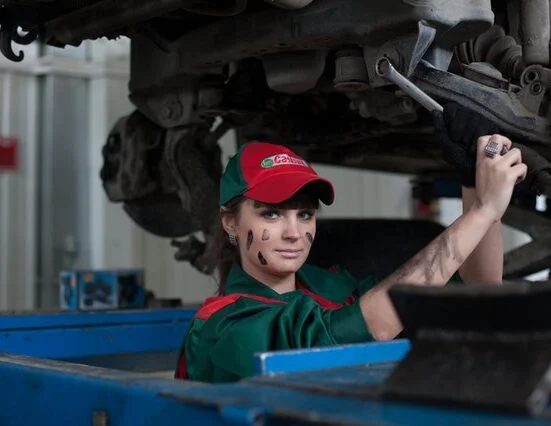There are instances when infection gets into the tooth itself and needs to be removed. In such situations it is always advisable to pay your dentist a visit for proper evaluation of the problem.
If you need to have an infection in your tooth removed, then the procedure for doing so is called Root Canal Therapy, otherwise known as Endodontic Therapy.
Dentist Gosford At Kariong Dental Care, we have professional dentists with years of experience in dealing with patients in need of Endodontic Therapy. The whole purpose of this procedure is as follows;
- To save a tooth from further damage and possible extraction.
- To stop the spread of the infection.
- To protect the infected tooth and prevent any future infection.
The therapy is done right within the root canal or the pulp of the infected tooth. During the procedure, infected nerves within the root canal are removed.
Patients are more than likely to feel varying degrees of pain and discomfort BEFORE the treatment due to the infection. There is a general misconception that this procedure is a painful one, but in reality it is NOT. If carried out by an experienced dentist, the treatment should be painless.
Root Canal Therapy is NOT as expensive as a tooth extraction followed up by replacing the tooth with a bridge or crown for example.
Table of Contents
How is Endodontic Therapy Conducted?
There are three basic steps taken to ensure the success of this dental treatment. Typically, this dental procedure can be completed in one treatment session. However, in some cases additional sessions may be needed, but on average not more than three sessions in total will be needed. Additional sessions are usually needed when…
- curved canals exist,
- there are pretty large infections involved, and
- multiple canals need treatment.
#1: Root Canal Cleaning:
The first step in Endodontic Therapy involves the thorough cleaning of the root canal. This is where the dentist will as much as possible remove everything within the pulp of the infected tooth.
The patient is first placed on a local anesthetic, then the dentist will create a tiny hole on the surface of the infected tooth. Next, using small files, the dentist will remove both infected and dead pulp tissue.
#2: Root Canal Filling:
Using irrigation solutions and the small files, your dentist will shape, decontaminate, and clean out the hollow portion of the tooth. All this is done before the filling of the tooth or teeth as the case may be. The tooth will then be filled with the use of a rubberised material.
Afterwards, a self-adhesive cement is used to completely seal off the canals. Note that after an Endodontic Therapy, the previously infected tooth is effectively dead as the infected nerve tissue is removed. So you would not be in any discomfort or feel any sort of pain in the tooth ever again. But most importantly, the infection is taken care of.
#3: A Filling or Crown is Added:
Once the Root Canal Therapy is concluded, the tooth in question is now fragile and susceptible. When the pulp of a tooth is removed, that tooth gets nourishment directly from that ligament which attaches it to the jaw bone. While the nourishment obtained through this means is sufficient, with time that tooth becomes even more fragile.
In order to give the tooth some added protection, a filling or crown would need to be added. Note that before a filling or crown is added, you should avoid biting or chewing food with the affected tooth. But after a filling or crown is added, you can then bite or chew food as you would normally do.






Leave feedback about this